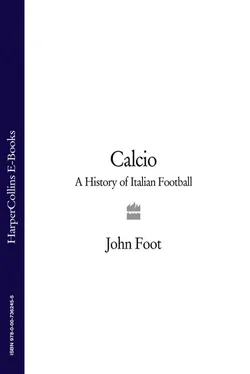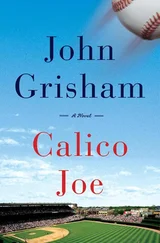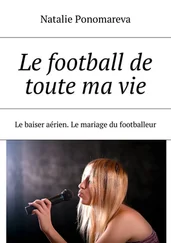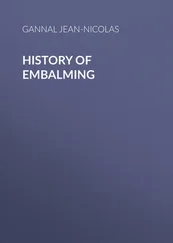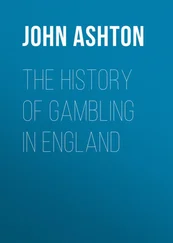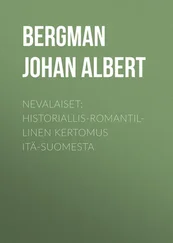Quickly other pioneers took up Bosio’s lead and formed clubs in Turin and elsewhere. In September 1893 (a date which is still, for many, the real birth date of calcio ) the Genoa Cricket and Football Club was set up by British consular officials. No Italians could be members. A year later, another club was formed in Turin, the Football Club Torinese. These were small clubs, who rarely travelled beyond their own city borders. For a short time, even cricket was more popular than football.
James Richardson Spensley
In 1897, an English maritime doctor, James Spensley, arrived in Genoa to look after the sailors on passing coal ships. A polyglot, philanthropist and scouting enthusiast, born in London’s Stoke Newington, thirty years earlier, he was also a football devotee who organized the first real game in Italy. This pioneering match was between Genoa and Football Club Torinese in 1898, with a certain Reverend Richard Douglas officiating. In the meantime Genoa had changed their rules, on Spensley’s insistence, to allow Italians to play and be members. A quota system was introduced to protect the English. Italians would not be allowed to make up more than half of the total membership of the club.
Numerous details survive from that historic first game: Genoa-Football Club Torinese, 6 January 1898. We know that 154 tickets were sold at the full price of one lira and 23 at half-price and that 84 people paid extra for numbered seats and that the whole event made a profit of over 100 lire. The police were present and drinks were available. The referee’s whistle cost 2.5 lire while the doorkeeper was paid a mere one lira for a day’s work. The Turin team took home a victory, and it appears that at the return match a decision was made to form an Italian football federation. This nascent body then set about preparing the first Italian championship, for May of the same year. Genoa retains its name to this day – despite being pressured to Italianize, along with all clubs with foreign titles – under fascism. Spensley is remembered with affection in the city and in the 1970s a plaque was unveiled in his honour, on the wall of his house. 2There is still a Genoa club Spensley amongst the many supporters’ clubs linked to the oldest team in Italy.
In May 1898, Italy’s first football championship took place in Turin, in one day. Official records date from here. Genoa’s victory in 1898 thus counts as a championship success , with the same statistical weight as that of 2004. The three-month-old Italian football federation brought together four teams for the tournament, three of whom were from Turin, along with Genoa.
For many years, championships were not fought out in a modern, league-type system but through ‘challenges’ similar to short cup competitions. All three matches in 1898 were played in a field on the edge of Turin, which bore little resemblance to the industrial city that was to sprawl across the Piedmont plains in the twentieth century. Players from all four teams took trams to the pitch and the first championship game was a derby, between two Turin-based clubs. Played at nine in the morning on 8 May, it finished 1–0 to Internazionale di Torino with John (Jim) Savage, who was a marquis and the team captain, scoring the winner. 3Genoa (in white shirts) won their semi-final against Ginnastica di Torino 2–1 and the final, against Internazionale (at three in the afternoon, after a sandwich lunch), by the same score, after extra-time. Spensley was in goal for Genoa. The team contained three other British players and at least five foreigners. Genoa took home a cup – donated by the Duke of the Abruzzi – and each player was given a gold medal.
Italy’s first football champions were therefore a club with an English name, Genoa. There were only around 50 spectators for the semi-finals and little over 100 for the final. As well as a referee (whose name remains unknown) there were two seated ‘line-judges’ whose job it was to adjudicate if the ball had crossed the goal line, or not, as there were no goal nets. According to football historian Antonio Ghirelli, the crowd cheered their teams and even fought briefly amongst themselves. They also booed the referee, ‘a habit which would continue’, he dryly notes. 4The total takings were 197 lire. Football was way down the list of popular sports in Italy at the turn of the century, coming something like seventh in the reporting hierarchies in the newborn sports press. Cycling, riding, motor sports and hunting were all far more popular pastimes.
The small crowd was understandable. Many people had other things on their minds. May 1898 was not a particularly happy time for Italian society as a whole. As Genoa celebrated its first championship in Turin, Milan was in chaos. Bread riots had led to barricades going up across the city. The government decided to repress the protests and the army was sent in. To this day, nobody knows how many protestors (and bystanders) were killed, but modest estimates put the number at 400. Martial law was declared, soldiers camped in Milan’s central Piazza del Duomo and mass arrests were carried out, including priests and moderate reformists. King Umberto I rewarded General Bava Beccaris, at the head of the military operation, with a special medal. 5All eyes were on Milan, as Italian society tore itself apart, and little attention was given to three ninety-minute games on the dusty periphery of Turin.
Paleo-calcio. Rules, Managers, Foreigners, Sundays
The early game in Italy – which we might call paleo-calcio – was poles apart from the sport you witness if you turn on your satellite TV station today, or even pop round to your local football pitch. There were no managers of any sort (although people similar to managers began to emerge quite quickly, in some accounts as early as 1901), no training beyond a few shots with the ball, and the players were all, to a man, amateurs. There were no stadiums, no real tactics, the ball was heavy and goalkeepers didn’t even attempt to catch it. Punching or kicking out were much preferred. Kit was made up of long-sleeved shirts, often with buttons. Many essential items were imported from England – balls, shirts, boots. Shorts were long, and trousers were often worn, as were caps. There were no changing rooms, so players usually turned up, and went home, already changed.
Many rules in place at the birth of calcio were dissimilar to those that govern today’s game. A player was offside if, when the ball was played, there were fewer than three players between him and the goal and until 1907, the offside rule applied to the whole pitch. After that date, you could not be offside in your own half. For many years, a draw usually led to a replay, not extra-time. Disciplinary rules were rudimentary. Pitch invasions led to replays, not sanctions (thereby encouraging more pitch invasions). There were no shirt numbers until the 1939–40 season and no substitutes at all until 1968. Early Italian football history was also dominated by foreign players, presidents, clubs, entrepreneurs, referees and words, and above all by the English, the Swiss, the Germans and the French.
From the start, matches were often played on Sundays, despite the fact that Italy was a Catholic country. The reason for this anomaly was simple. Most people worked on Saturdays, and the battle for an ‘English Saturday’ – one without work – was one of the historic demands of Italy’s nascent trade union movement in the early twentieth century. Later, the Church was to complain about this tradition (which is also true of Catholic Spain). Until the 1990s, when Pay-TV destroyed the rites and rhythms of the great Italian football Sunday, the Sunday afternoon match formed a central part of Italian culture. Some fans went to games, partaking in the physical act of watching their team. Others hung around outside stadiums, trying to get in free or just lapping up the atmosphere. Many others simply waited for news, or visited bars. Once radio became widespread, the little transistor became a key element of the classic Sunday family outing, pressed as it often was to the ear of the father, or listened to through a primitive plastic earpiece. With the advent of TV, the afternoon outing had to be cut short in order to get back in time for Ninetieth minute , a programme with short reports on all games, transmitted at about 18.30.
Читать дальше
